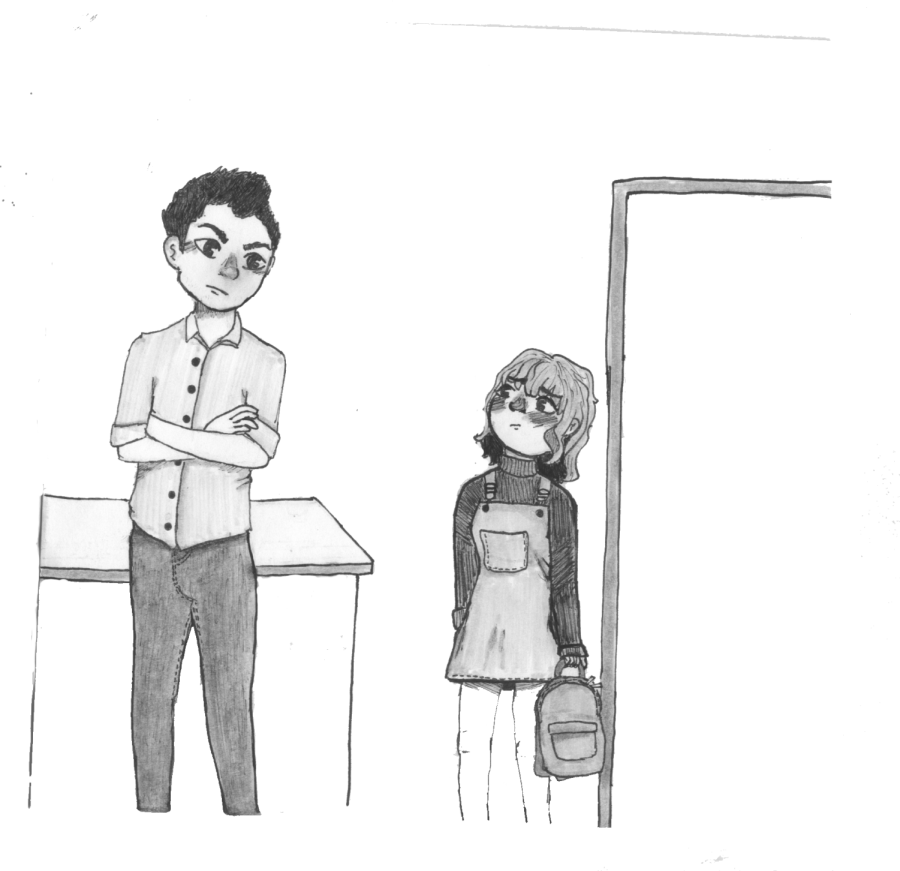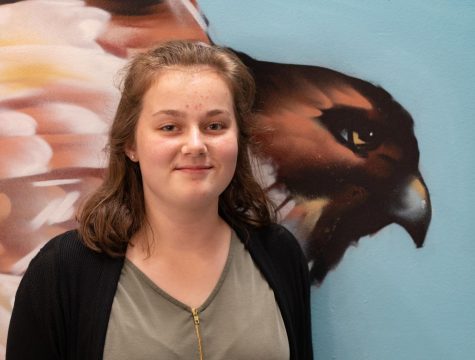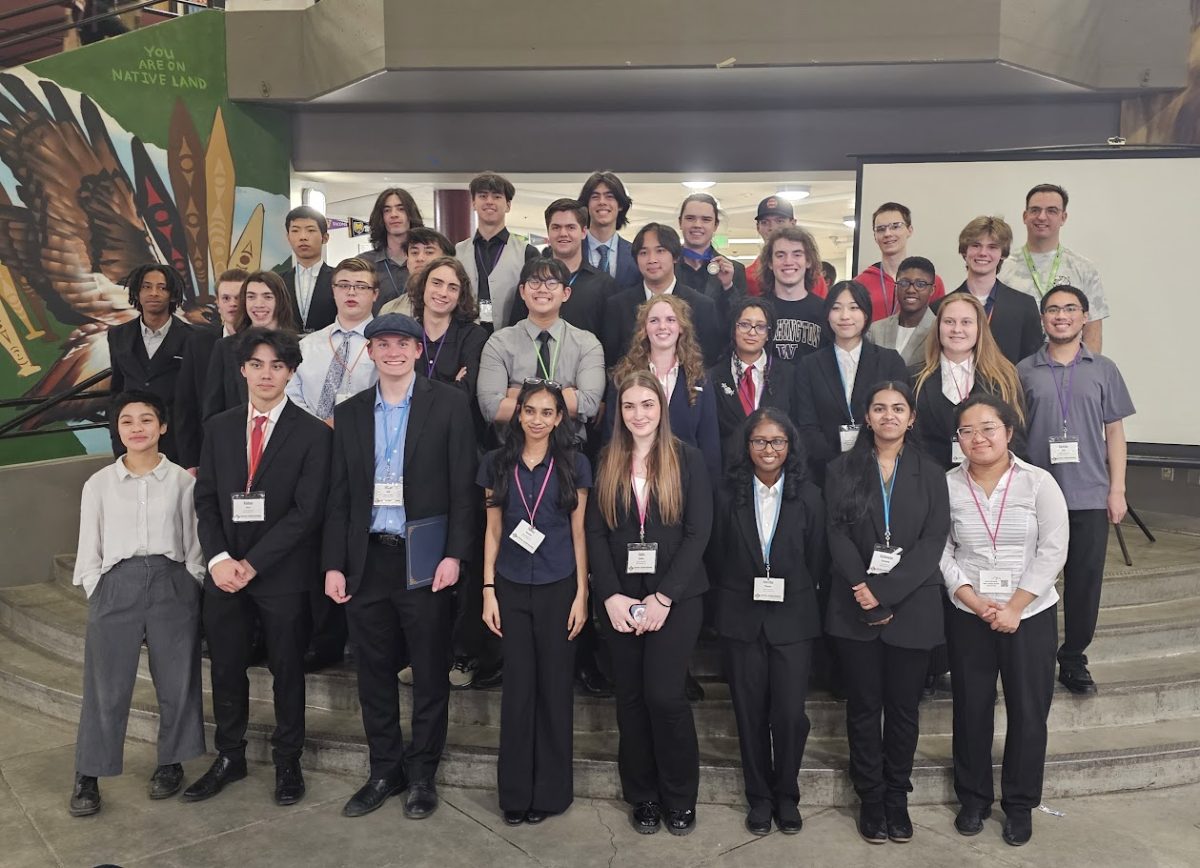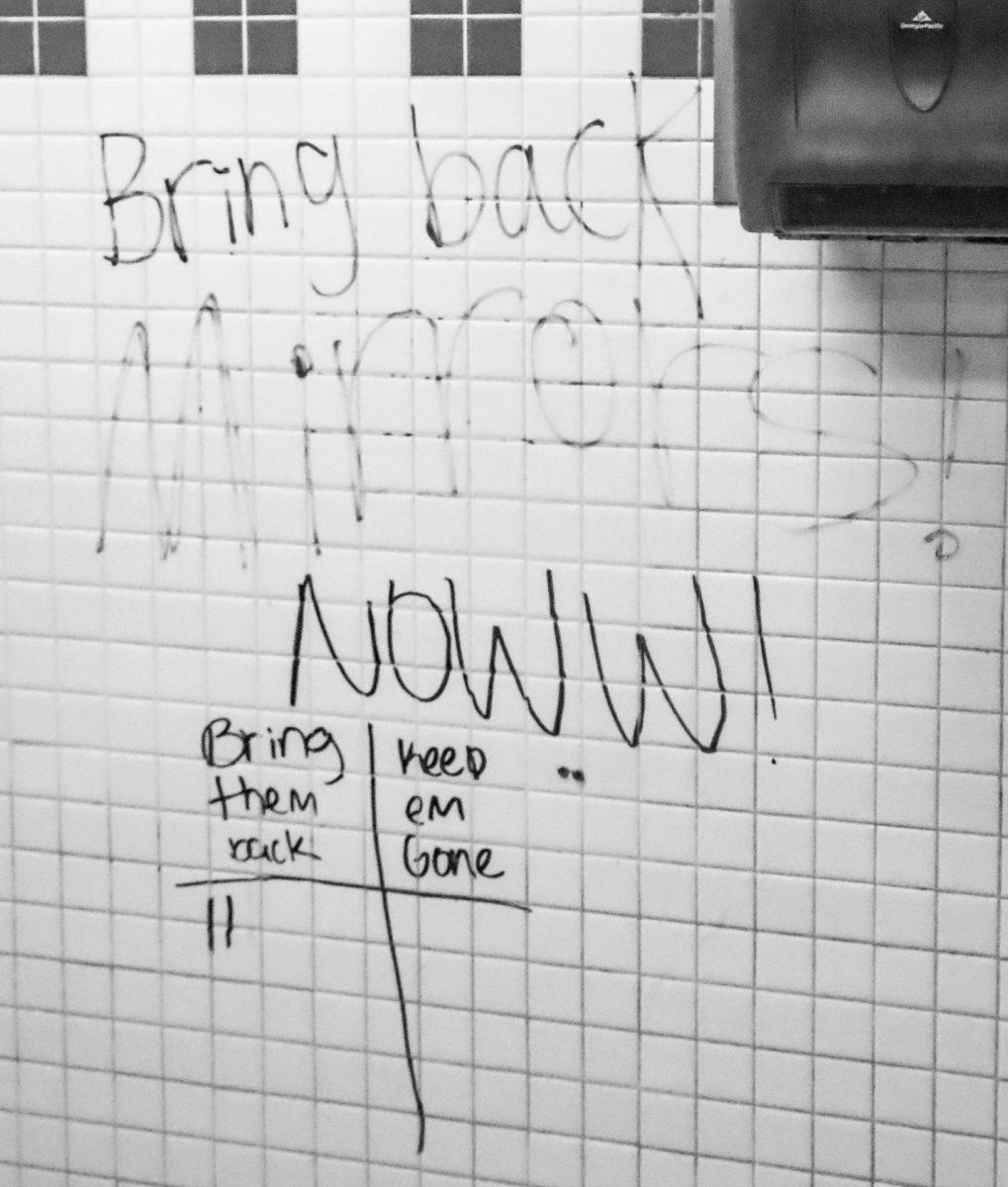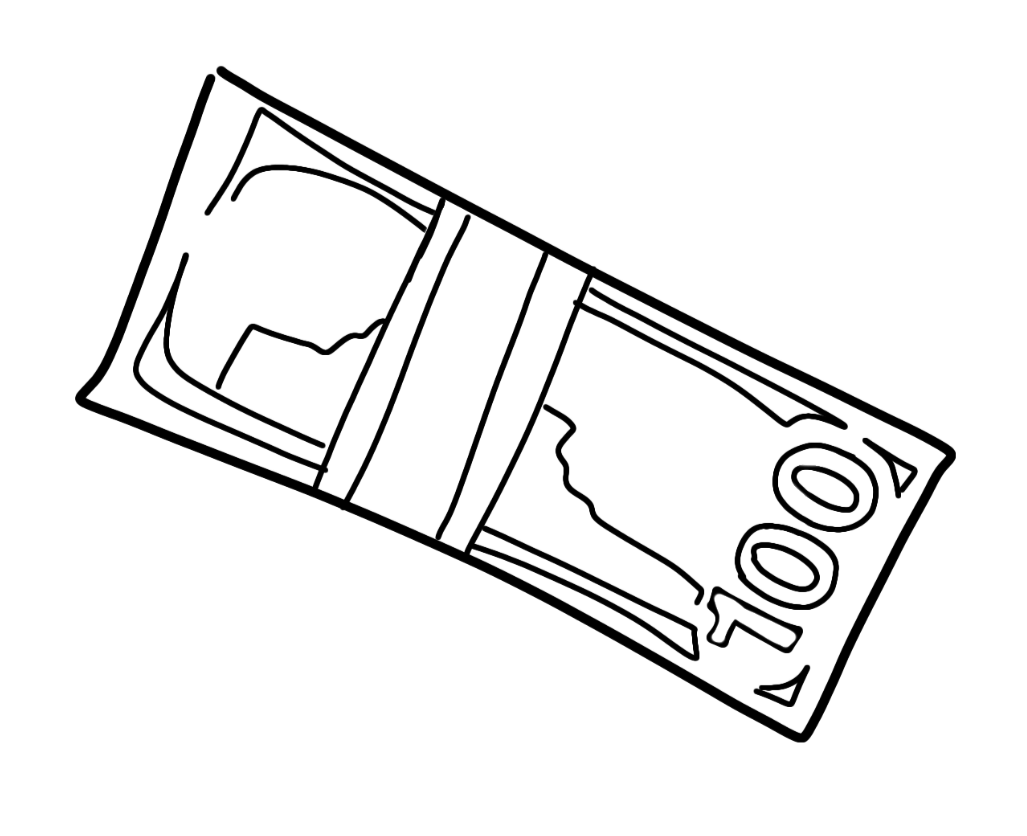A new tardy policy has been adopted by the MTHS administration for the 2019-2020 school year. The tardy policy implemented this year changes the threshold for students being considered “excessively late” to class from five to 10 minutes after the bell.
The 2017-2018 student handbook states that, “Tardy is defined as no more than five minutes late; after five minutes, students will be reported as excessively late and may be counted as absent for class participation purposes.” Being “excessively late” in this case means that a student is absent from the classroom for an extended period of time, either not showing up at the beginning, or leaving the room during class for an extended period of time without permission.
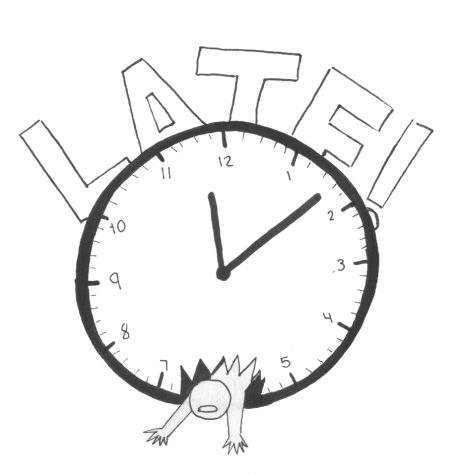
In 2019-2020 MTHS student handbook specifies that, “If a student is more than 10 minutes late at the beginning of the school day, that student will report first to the Attendance Office, at which time attendance staff will determine if the student is tardy or is to receive an unexcused absence.”
The current tardy policy expands the range of punishments for students who are excessively late for class. As in the prior policy, teachers can assign lunch or before or after school detention in their classroom to make up said tardies. If the behavior of students doesn’t change, teachers may also refer repeatedly tardy students to the main office for further administrative consequences.
The handbook for the current school year specifies that, “Teachers may call parents when students are repeatedly tardy, or when students leave their classroom for an extended period of time.”
In another similarity to the previous policy, teachers can refer students to the main office for excessive tardiness or failure to make up tardies in past years. Starting this school year, however, once a student obtains a total of five or more tardies during a quarter, the family of the student will be contacted, and school discipline may be implemented for further tardiness.
Generally, teachers may use tardiness to affect the grades one receives in a class by categorizing classroom attendance under “class participation”, and this has been the case in both prior years and the 2019-2020 school year.



